In Pictures: Remembering Wimpy, the restaurant that sat at the top of Glasgow’s fast food chain
and live on Freeview channel 276
Long before the days of our modern times fast food culture - if you wanted to get a quick bite to eat in Glasgow, you would head to Wimpy.
Once upon a time it seemed like there was a Wimpy on every corner in Scotland - it was the first time many Glaswegians would get their first taste of American-imported fast food cuisine.
Advertisement
Hide AdAdvertisement
Hide AdSince they arrived in Scotland in the 60s, after opening their first diner in London back in the mid 50s - Wimpy was a massive hit with Scots, proving even more popular a chain in the UK than it was in America.
The concept of a restaurant serving only hamburger-based meals was mind-blowing to Scots - for Glaswegians who had grown up watching more and more American media, it was an incredibly attractive prospect.
Glasgow had a number of Wimpy restaurants, but the best remembered are the restaurants at Sauchiehall Street, Ingram Street, and Union Street.
In a 1955 newspaper column for the Washington Post, journalist at the time Art Buchwald wrote about the first opening of a ‘Wimpy’s Hamburger Parlor’ on Coventry Street in London.
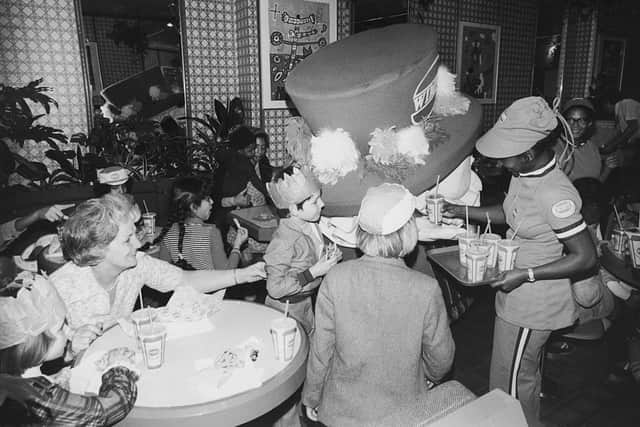

Advertisement
Hide AdAdvertisement
Hide AdThe stunned Buchwald wrote:“Food served at the table within ten minutes of ordering and with atomic age efficiency. No cutlery needed or given. Drinks served in a bottle with a straw. Condiments in pre-packaged single serving packets.”
When Wimpy arrived in Scotland it had very little competition, McDonalds wouldn’t open in Scotland until 1987, and Burger King wouldn’t arrive in the UK until 1976 - though it would take the so-called King a few more years to stake his claim in Scotland.
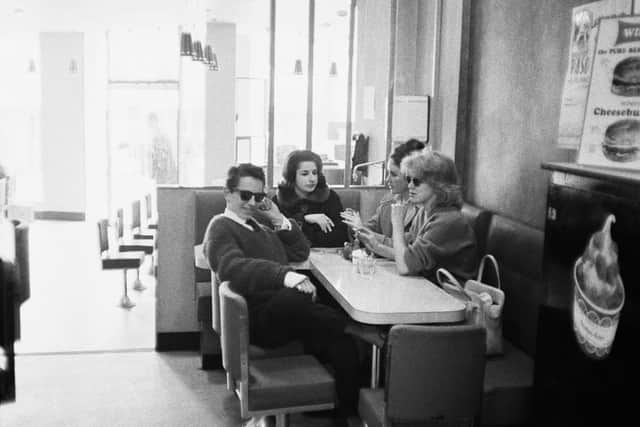

For nearly three decades, Wimpy was on top - the undisputed king of fast food, simply by the virtue of its American origin and its near monopoly on the burgeoning fast food market in Scotland made possible by their speedy entry into the UK.
One thing that set Wimpy apart from their future competitors is that the restaurant was run entirely on table service - as opposed to the over-the-counter ordering now considered typical of modern fast food restaurants.
Advertisement
Hide AdAdvertisement
Hide AdYour food wouldn’t come in a paper bag either, it was served up to you on a real plate with real cutlery.
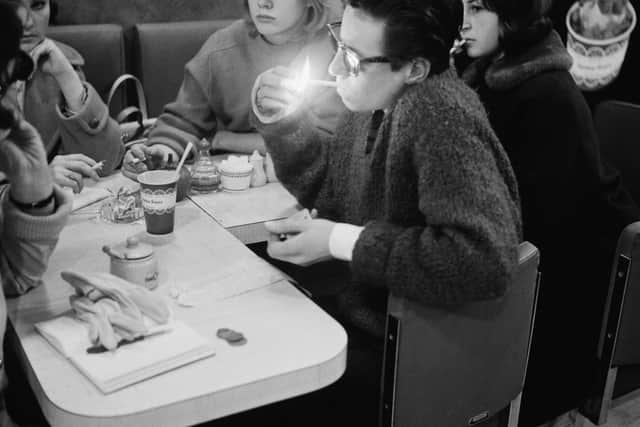

It was this traditional table-ordering system that economists believe led to the downfall of the chain in the end, as when McDonalds burst onto the market their over-the-counter system seemed even more quick than Wimpy, not to mention the disposable containers the food was served in.
Wimpy also had some odd rules - such as during the 70’s when women weren’t allowed to enter the restaurant on their own after midnight - supposedly due to the assumption that they might be sex workers.
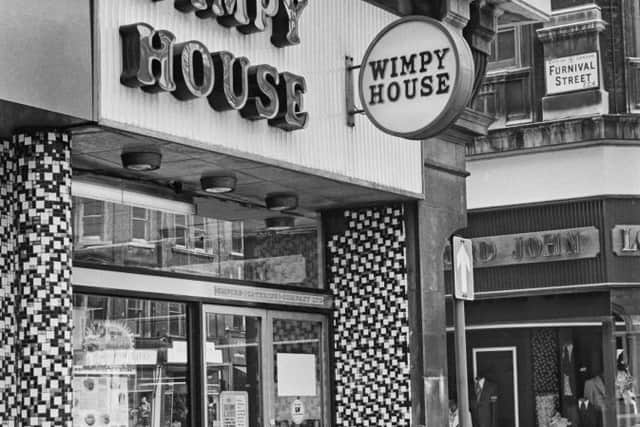

They do get the credit with bringing mascots for fast food chains to the UK though - there was no such thing as Ronald McDonald or the eponymous Burger King when Wimpy brought in Mr Wimpy, a giant foam fellow dressed as a Beefeater.
Advertisement
Hide AdAdvertisement
Hide AdBy the end of the 1980’s Wimpy was losing the fast food turf war to McDonald’s - converting the traditional table service restaurants to counter-service in a bid to modernise and emulate their competitors.
United Biscuits, the owner of Wimpy, had enough of the quickly-crowding fast food market, and decided to remove all their investments in the industry. They sold Wimpy to Grand Metropolitan (now Diageo) - the owners of Burger King. In an ill-advised move, the new owners converted all modernised Wimpy restaurants into Burger King’s.
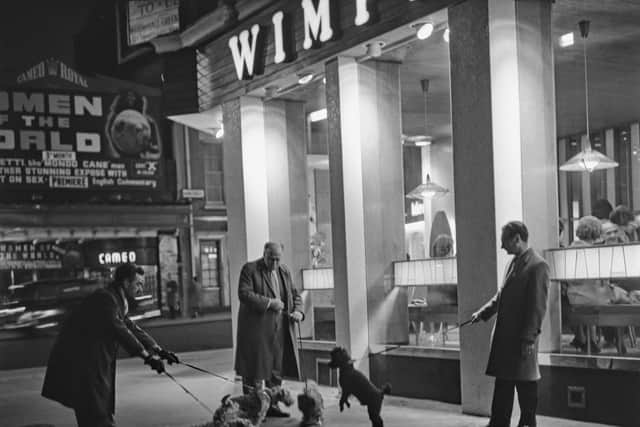

At the time of the sale to Grand Metropolitan, there were 381 Wimpy locations in the United Kingdom. Around 165 of the modern restaurants were converted into Burger King’s - leaving 216 table service restaurant which were quickly sold to the company 3i.
Wimpy was pottering along, but nowhere near their former prowess at the top of the fast food chain. In a desperate move, they rolled out another chain of restaurants called Dr.Beaks in 1999, in a bid to take on the rise of the chicken shop and Kentucky Fried Chicken breaking into the UK market.
Advertisement
Hide AdAdvertisement
Hide AdAnother buy-out happened in May 2002 - backed by the Bank of Scotland, which should tell you how big a thing Wimpy used to be in Scotland - at the time of the sale there was around 300 locations across both the UK and Ireland.
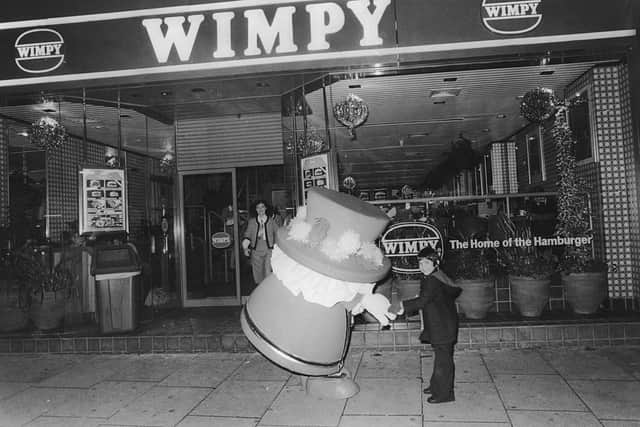

Wimpy is still around today, but in a much more diminished capacity, you can still find a few Wimpy’s here and there - in places like Huddersfield, Felixstowe, Clacton-on-Sea, and Clarence Pier.
There are now no Wimpy’s in Glasgow - the closest one is in Kilmarnock - which is just one of three Wimpy’s left in Scotland, the other two are in Grampian and the Highlands.
Comment Guidelines
National World encourages reader discussion on our stories. User feedback, insights and back-and-forth exchanges add a rich layer of context to reporting. Please review our Community Guidelines before commenting.
